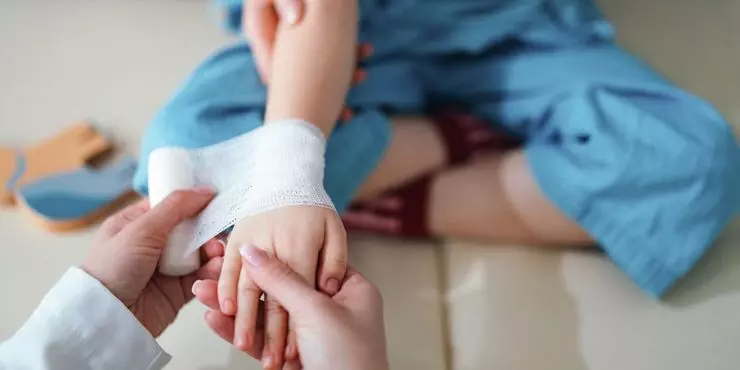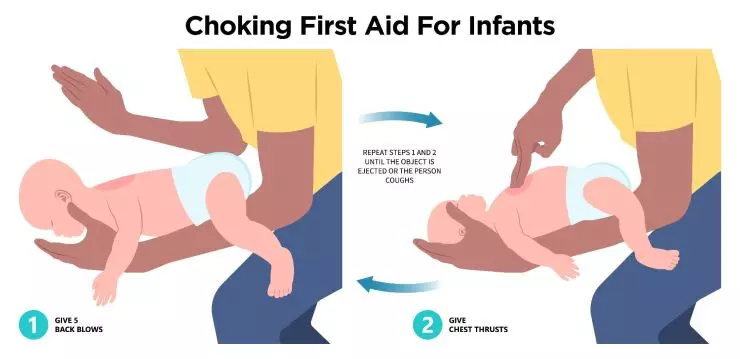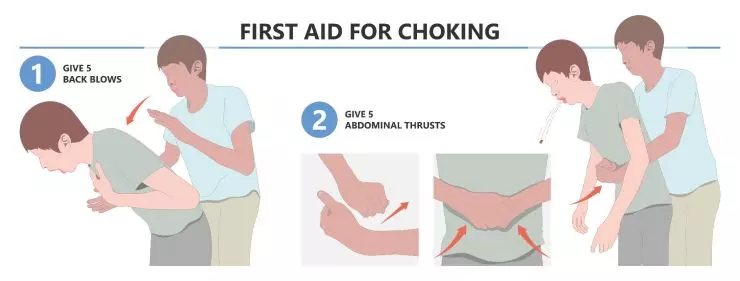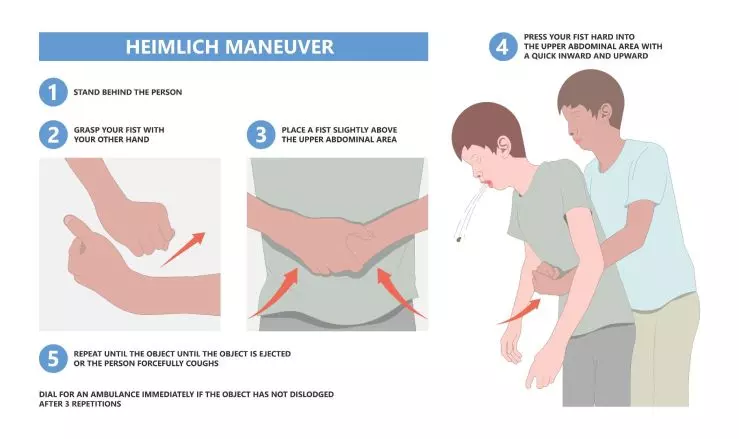
Let’s face it—kids are curious, fearless, and not exactly known for their caution. Whether they’re learning to crawl, run, or climb absolutely everything in sight, minor bumps and scrapes are just part of the package.
That’s why knowing a few first aid basics can go a long way in helping you feel calm and prepared when the unexpected happens. At Northwest Family Clinics, we believe in empowering parents—not scaring them. You don’t need to be a medical expert to handle most minor injuries at home. You just need the right information, a few key supplies, and the confidence to act.
Here’s what every parent should know when it comes to treating common childhood injuries and knowing when to call the doctor.
Start with a Well-Stocked First Aid Kit
Keep a kit at home, in the car, and even in your diaper bag. You can buy one pre-made or build your own. Here’s what we recommend including:
- Adhesive bandages (all sizes)
- Sterile gauze and adhesive tape
- Antiseptic wipes and antibiotic ointment
- Tweezers
- Q-tips
- Digital thermometer
- Instant cold packs
- Child-safe pain reliever (acetaminophen or ibuprofen)
- Benadryl (for allergic reactions—check with your provider on dosing)
- Burn cream or aloe gel
- Scissors and safety gloves
- Emergency contact card - Get a free downloadable card here
Everyday First Aid Situations (and What to Do)
Cuts and Scrapes
Kids fall—a lot. Luckily, most scrapes are minor and can be treated at home.
What to do:
- Wash your hands.
- Rinse the wound with clean water.
- Gently clean (often with gentle dabbing) around it with mild soap.
- Apply antibiotic ointment.
- Cover with a bandage.
- Change the bandage daily or if it gets dirty.
- Consult a doctor if: the cut is deep, doesn’t stop bleeding after 10 minutes of pressure, or shows signs of infection (redness, swelling, pus).
*Often hydrogen peroxide is around the home and is known as a good disinfectant. It’s ok to pour a small amount over a fresh wound just once or twice, but beyond that it can damage healing tissue, so we recommend avoiding repeated applications.
Bumps and Bruises
A good bump to the head or shin can leave a mark, but not every bruise needs a trip to urgent care.
What to do:
- Apply a cold pack (wrapped in cloth) for 10–15 minutes (or as the child can tolerate).
- Offer comfort and rest.
- Watch for swelling or limited movement.
- Consult a doctor if: the bump is on the head and your child vomits, seems very drowsy, is hard to wake, or has changes in behavior. When in doubt, give us a call—we’re happy to walk through symptoms with you. Learn more about head injuries and when to see a doctor.
Nosebleeds
They can look scary, but nosebleeds are common—especially in dry weather.
What to do:
- Have your child sit upright and lean slightly forward.
- Pinch the soft part of their nose and hold for at least 10 minutes (sometimes up to 30 minutes).
- Avoid laying them down or tilting the head back.
- Consult a doctor if: bleeding lasts longer than 30 minutes or if nosebleeds are happening often.

Burns
From touching a hot pan to grabbing a curling iron, burns happen quickly.
What to do:
- For minor burns, run cool (not cold) water over the area for 10 minutes.
- Do not apply ice or butter.
- Apply aloe or burn ointment and cover with a clean, non-stick bandage.
- Consult a doctor if: the burn is larger than 2 inches, involves the face or hands, or looks blistered or white/charred.
For sunburns, cool the skin with a cool washcloth, apply a cooling ointment twice daily, and avoid further sun exposure. For severe, blistering sunburns covering large areas of the skin, seek medical treatment.
Fever
Fevers are your child’s way of fighting infection—not necessarily something dangerous.
What to do:
- Use a digital thermometer to check the temperature. A rectal thermometer is the most accurate, especially in babies and young toddlers.
- Keep your child hydrated and dressed in light layers.
- Offer infant or children’s acetaminophen or ibuprofen as directed.
- Consult a doctor if: Your baby is under 3 months with a temperature of 100.4°F or higher, the fever lasts more than 3 days and/or your child seems unusually drowsy, irritable, or hard to wake.
Choking
This is one of the scariest moments for any parent—but knowing how to respond can save a life.
What to do (under 1 year):
Support baby’s head and neck.
Deliver 5 back blows between shoulder blades, followed by 5 chest thrusts.
What to do (over 1 year):
Give 5 back blows and if choking persists move on to the next step.
Use the Heimlich maneuver: stand behind the child, make a fist just above the belly button, and give quick inward thrusts.



Call 911 immediately if your child is unable to cough, breathe, or becomes unresponsive.
We highly recommend every parent take a certified infant/child CPR and first aid class—it’s one of the most valuable investments you can make. Here is an overview of baby CPR to familiarize yourself with.
When to Call the Doctor (or Go to Urgent Care): Always trust your instincts. If something doesn’t feel right, call us—we’re here to help.
At Northwest Family Clinics, we offer same-day appointments and walk-in urgent care at our Crystal and Rogers locations. You never need to worry alone.
When to Take Them to the Doctor:
- Has a wound that won’t stop bleeding
- Is acting “off” after a head injury
- Has a high fever that’s not responding to medication
- Is showing signs of dehydration (fewer wet diapers, dry mouth, no tears)
- Has a rash with fever or swelling
- Needs updated tetanus shots or wound evaluation
A Little Preparation Goes a Long Way
Being a parent means being on call 24/7, whether it’s for spilled milk or a scraped knee. Having a basic understanding of first aid can help you feel more confident, calm, and in control during those everyday “uh-oh” moments.
And remember—you’re not alone. We’re here to support your family through every stage of growth, bumps and all.
Have a first aid question or want to check if your child should be seen? Give us a call. At Northwest Family Clinics, we’re always here to help you parent with peace of mind.